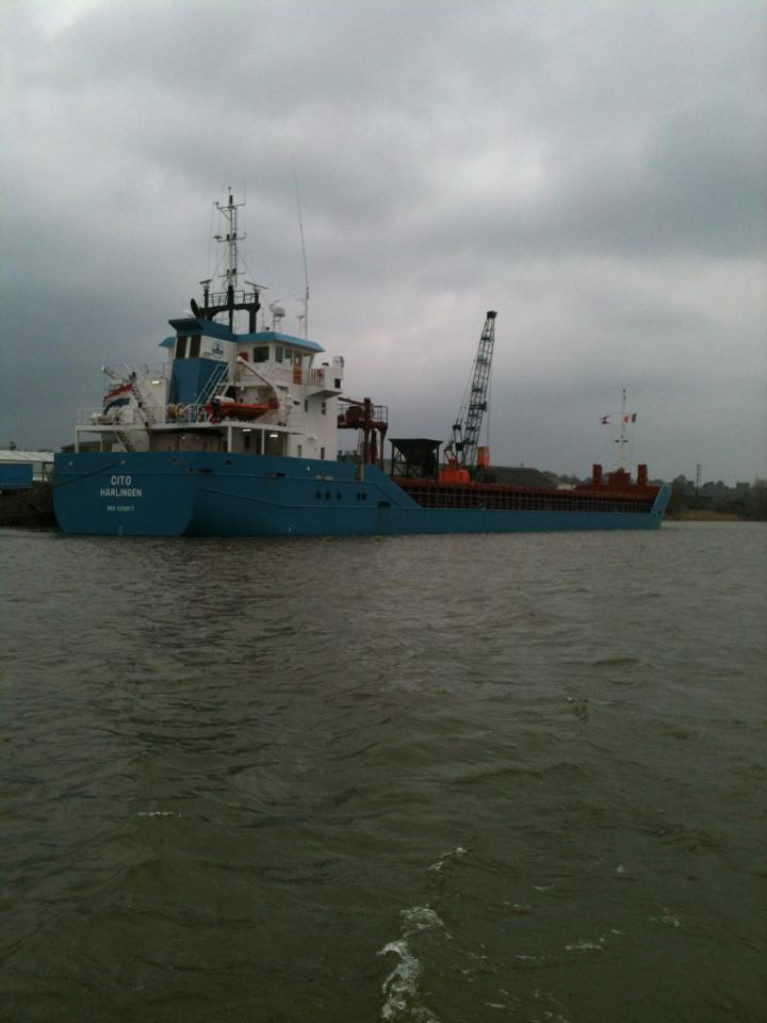Displaying items by tag: Development: Quays
New Chairman Voted in of New Ross Municiple District
New Ross Standard reports on the handing over of the chains of municipal council power was a mere formality (last) Monday as Fianna Fáil Cllr Michael Whelan was voted in as cathaoirleach for the second time, two days after his party leader was named Taoiseach of a historic coalition.
Taking over from former chairman Cllr John Fleming, who held the role for two consecutive years, the Ballycullane man said it was a proud day for him and for his family.
Cllr Whelan thanked Cllr Fleming for his year in the chair, He said: 'Even though the world has changed very much from where were a few months ago, there are still ongoing events that we should be excited about in the New Ross municipal. Although we can expect the tightening of belts at all levels from national to council level I will make sure the New Ross town and district gets it's fair share,' sounding a note of measured optimism.
He said some exciting projects are in the pipeline which will help with the growth of our town and district.
'The removal of the oil tanks on the entrance into town will improve the look at this entrance point but should also give the opportunity for some kind of development in this area. The High Hill project should be completed in the coming year and this will be a welcome improvement and attraction to that end of town. We will also have the link from the Greenway which I hope will bring New Ross many new exciting opportunities.
We can also promote more along the Norman Way and help re-energise the tourism industry post Covid. We, in this district, are steeped in Norman heritage and have many attractions from Tintern to the Hook Head [lighthouse] and back to the town of New Ross. We also have taken on the Port of New Ross in the last year and have plans to develop the Quay to bring in tours from Waterford initially, but who knows where that could grow to.'
For more on the Co. Wexford town which is also Ireland's most inland port located on the River Barrow click here.





























































